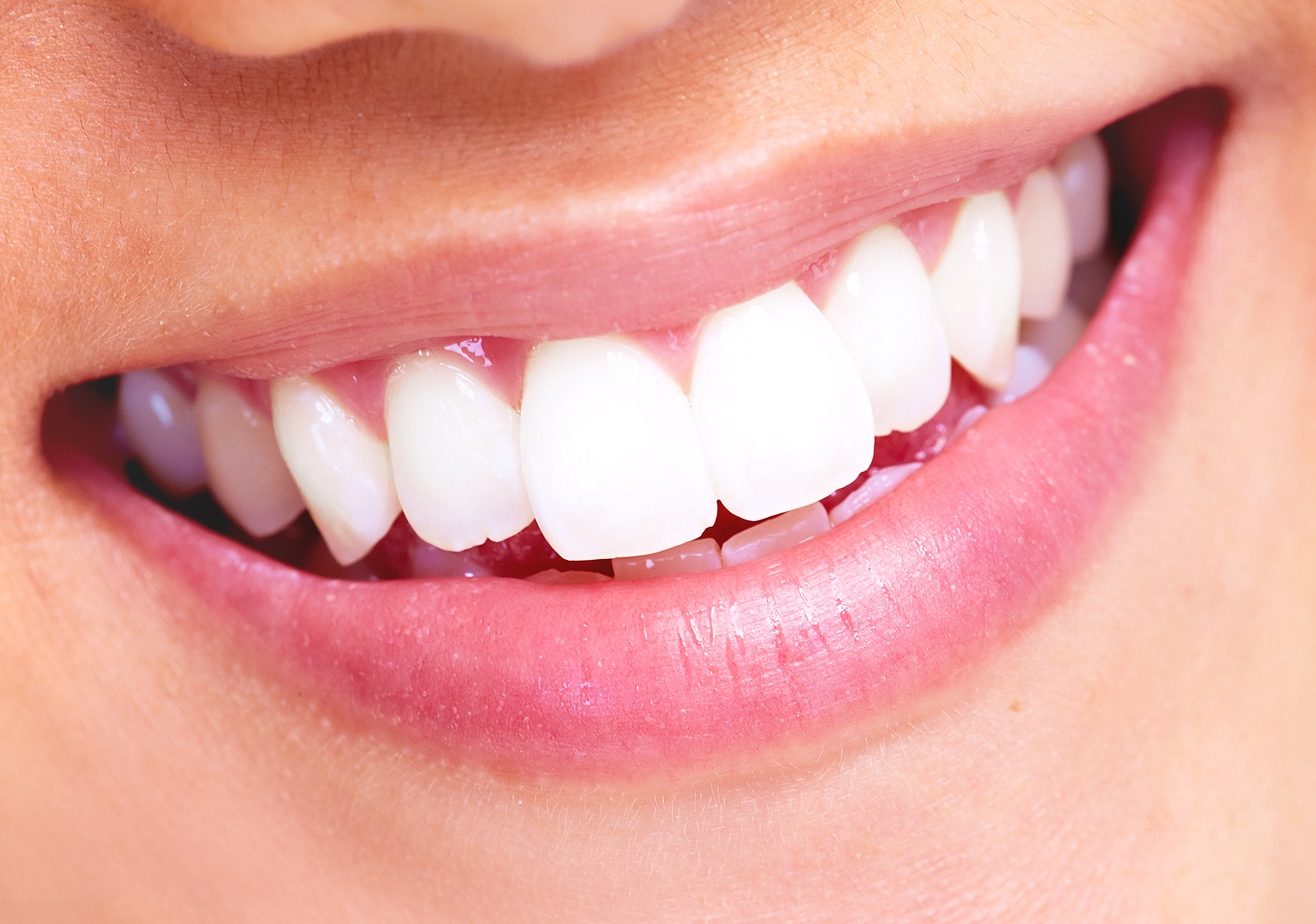FREQUENTLY ASKED QUESTIONS
The dental team at Biltmore Commons Dental Care is glad to provide answers to a number of commonly asked dental questions. If you have a question that is not addressed here, please contact our office at (602) 249-2227. Since 2006, we have been serving the Phoenix area with our wide range of dental services. Be sure to request an Appointment with us today.
It can be valuable to know the proper first aid for saving a loose or dislocated tooth. If the tooth is loose, even extremely so, but is still attached in any way, leave it in place; do not remove it. If it’s out of its socket completely and unattached, but still in the victim’s mouth, it’s best to have the person hold it there, if possible, until a dentist can attempt re-implantation. If it’s out of the mouth, do not let it dry out. Handle it as little as possible.
Do not attempt to disinfect the tooth, scrub it, or remove any tissue attached to it. If it’s recovered from the ground or other soiled area, rinse it off in lukewarm water. Preserve it in milk until a dentist is available. If milk is not available, lukewarm water or the victim’s own saliva will suffice.
Time out of the socket is critical in the long-term success of re-implantation. After 30 minutes, the success potential begins to decline. However, re-implantation is still possible after several hours, so the attempt can still be made even if the tooth has been out for a long period.
When a tooth is missing, the resulting gap will allow nearby teeth to tilt or drift from their normal position, causing the teeth above the gap to move downward. Aside from the obvious cosmetic problem, the changed positions of these teeth can lead to severe bite problems causing pain in the jaw and headaches in the future.
Missing teeth should be replaced to keep other teeth in their normal position. This can be done by means of a fixed bridge or a dental implant. Both of these treatments offer a good functional and cosmetic result.
You are given a small pill to take an hour before your dental appointment. Your friend, family member, or the person of your choosing will accompany you to the dental office. When you arrive in our office and are comfortable, our experienced clinical team will take care of your dental needs. When your treatment is done, the person you came with will take you home.
Sedation dentistry is nothing to be worried about because it’s very safe. Complex dental treatments that often require six to eight appointments can be done in as little as one, all while you’re asleep. You will have little or no memory of the experience. You will not remember anything like sounds or smells. You might sleep for up to five to six hours after taking the pill. Depending on the treatment you need, the time you sleep will vary.
People who have difficulty getting numb enough for treatment will benefit from sedation dentistry. Sleep dentistry is a safe way to reduce the fatigue of extended dental treatment requiring long visits. If you despise needles, have a dental phobia, experience a strong gag reflex, or have complicated dental problems, then sedation dentistry may be your best solution.
Tooth decay occurs when bacteria in dental plaque damages the enamel of your teeth, leaving a hole or cavity. Any part of a tooth can decay, from the roots below the gum line to the surface where you chew. If plaque bacteria reach and damage the pulp, the tooth will likely die because the pulp contains nerves and blood vessels that supply the tooth. Tooth decay can occur due to a number of issues, including poor brushing and flossing habits (poor dental hygiene), diets high in sugar, the presence of risk factors such as smoking, and a lack of fluoride in the water supply.
Gum disease, or more correctly called “periodontal disease“, is a bacterial infection in the gums and supporting structures of the teeth. It’s characterized by gum tissue that is red, puffy, and bleeds easily (generally irritated and inflamed) when touched with a toothbrush, floss, or dental instruments.
Advanced periodontal disease destroys the bone supporting the teeth, causing eventual tooth loss. The treatment is more involved at these stages, usually consisting of a special cleaning with anesthesia and sometimes gum surgery. Periodontal disease can go on for years without pain and without detection unless specific examination procedures are performed. Effective prevention and treatment is available, but the damage caused as the disease progresses is irreversible. Early detection and treatment is critical to prevent tooth loss and disfigurement.
The loss of just a single tooth can cause the rest of the mouth’s teeth to be lost. Teeth will slowly move into a space that is created by missing teeth. When you lose a tooth, a dental implant may be needed to replace the tooth root and crown. Dental implants are simply “anchors” that permanently support replacement teeth. They are secure and durable and can be cleaned and cared for much like your natural teeth.
The procedure requires a titanium root be implanted into your jaw to replace the root of the lost tooth. Once the implant is anchored into the bone, the bone around the implant requires six weeks to six months of healing depending on the size of the implant and the severity of the patient’s situation. Once the bone has healed, a support post and replacement tooth is anchored onto the implant.
Porcelain veneers are often used for the same reasons as bonding; to lighten stains, close gaps, and even alter crooked or malformed teeth. Using veneers, you can change the color, shape, and size of your teeth. They are thin, durable shells made to cover the front of the tooth. They are typically made of porcelain and are extremely durable, stain resistant, natural-looking, and easy to maintain.
Veneers are custom-fitted to your teeth by removing a small amount of enamel. The veneer is then bonded to your teeth using a safe, high-tech polymer resin. You can expect veneers to stay bright and strong for many years by performing good oral hygiene.
Yes, teeth whitening by bleaching is a safe, effective, and relatively easy way of producing a whiter smile. We offer two options for whitening your teeth.
In-Office Bleaching: A bleaching solution is applied to your teeth and is activated by heat and light. This in-office procedure typically lasts a half hour to one hour and significantly whitens teeth after just one visit. Although difficult-to-lighten stains may require another visit, results generally last for years and can be maintained with regular dental hygiene and regular visits to the dentists.
At-Home Bleaching: During a visit to your dentist, you will be given a whitening gel and fitted with a custom-made whitening tray. Once you return home, you apply the gel to the tray and wear it for two to three hours per day for two or three weeks
Even with today’s advanced whitening techniques, not everyone’s teeth will whiten with the same results. During your visit with one of our dentists, your situation will be carefully evaluated, and you will be advised accordingly.
Previously, dentists used an inexpensive silver and mercury amalgam to fill and seal cavities. Because silver fillings don’t bond to teeth, a chamber must be cut into the tooth that is larger than the filling’s exterior. This “undercut” keeps the filling within the tooth. Because a greater amount of the original tooth must be taken out, these types of fillings may weaken teeth.
Recent advancements now allow us to replace old silver fillings with composite or porcelain fillings that are stronger, safer, and more natural looking. In general, they are better. Unlike silver fillings, composite fillings bond to the tooth and provide more protection from fracturing. The material is layered into the tooth and hardened with highly intense visible light. The final surface is shaped and polished to match the tooth, making it basically invisible to the naked eye. Say goodbye to “pirate teeth” and hello to a natural-looking new smile.
Teeth are often restored using silver or composite fillings. However, when too much of a tooth’s structure is removed to support a filling, a dental crown or “cap” may be needed. A crown can be helpful for:
- Restoring a tooth when it is unable to support a large filling.
- Attaching bridges.
- Protecting a weak tooth from fracturing.
- Restoring fractured teeth.
- Covering badly shaped or discolored teeth.
- Covering dental implants.
Cosmetic bonding is an affordable, fast, and pain-free way to repair many cosmetic flaws or injuries, including:
- Gaps in your teeth.
- Spots or stains.
- Chipped teeth.
Dental bonding sculpts individual teeth without removing any tooth structure. This technique bonds composite material to an existing tooth that looks, acts, and feels like a real tooth. This procedure usually doesn’t require the use of an anesthetic. It’s fairly quick to apply, gives you an immediate result, and is less expensive than veneers.
A porcelain veneer is used to lighten stained teeth, close unwanted gaps, and even alter crooked teeth. Veneers allow you to change every aspect of your teeth, including color, shape, and size. They are small, strong shells that cover the front of the tooth and are traditionally made from porcelain. Veneers are strong, stain-resistant, and natural-looking. Treatment for veneers requires a custom fit, which is done by removing a small amount of enamel and then bonding the new veneer. This type of cosmetic dentistry is a positive long-term solution for improving your smile.
The most effective and affordable way to fix a chipped tooth is through cosmetic bonding. Cosmetic bonding can repair:
- Gaps in teeth
- Spots or stains
- Chipped teeth
Cosmetic bonding sculpts individual teeth without the removal of the tooth structure. This safe and effective technique bonds a composite material to your tooth without showing any signs of tooth repair. Cosmetic bonding is an easy procedure and much less expensive than veneers.
Invisalign orthodontics and treatment plans are custom fit to the needs of each patient. Some patients may need only minor adjustments, and aligners may be the only element in their treatment program. Other patients with poor oral health may need a more extensive adjustment, and aligners may only be part of the treatment plan. Your dentist will work with you to develop a plan of treatment that’s right for you.
Some patients may experience temporary discomfort at the start of each phase of the treatment. Discomfort typically lasts a day or so and simply means that the aligner is moving the teeth. If you feel a slight ache, you know the aligners are doing their job.
More seniors today have retained their own teeth, avoiding the trauma of removable dentures. Many are on medications creating dryness of the mouth as a side effect. Without the natural benefit of saliva to decrease bacterial action, we see an increase of cavities on the root surfaces of these patients. Anyone on a medication causing a dry mouth effect should be encouraged to see their dentist for regular dental cleanings and topical fluoride rinses.
While bad breath might be a symptom of something else, it most likely originates from tooth decay and periodontitis. Periodontitis is a disease that affects the gums and bone that support the teeth, and it results from inadequate tooth brushing and flossing. In this disease, the irritated gums pull away from the teeth and form pockets within the gums. These pockets get filled with bacteria which give off an unpleasant odor. If you have chronic bad breath, you need a complete dental evaluation. If gum disease and/or dental decay are diagnosed, it can and should be treated immediately. The patient will no longer have to deal with an infection in his or her mouth, and they will no longer have the embarrassment of bad breath.
NEW PATIENT ? WE’RE ACCEPTING!
As a patient of Biltmore Commons, you will experience a professional, friendly atmosphere, along with gentle, compassionate dental care. When you experience an unexpected tooth emergency, call our office immediately. We provide emergency services for all residents in the Phoenix and surrounding areas.


















